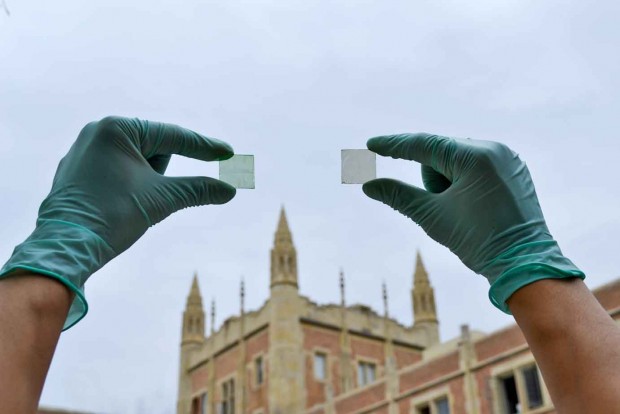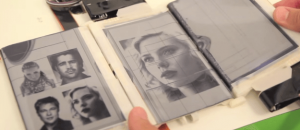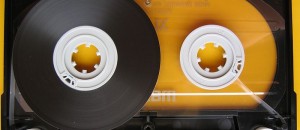Forget battery consumption issues. I can’t even begin to count how many times I’ve experienced serious anxiety because my device or devices started to run low on juice at the most inopportune moment. Unfortunately, it’s a problem that won’t go away anytime soon.
Thanks to researchers at UCLA though, someday we could have solar powered smartphones and other devices. Said researchers have developed a unique two-layer film that can be placed on a flat surface and used to harness solar energy. Long story short, it’s a very thin solar panel.
The thin strip makes use of tiny polymer solar cells which directly convert collected solar power into the necessary energy. Some example applications include using the panels on home windows, smartphone displays, and more.
According to the researchers, the reason they used two cells instead of one is because they were able to capture and produce two times more energy. The generated solar panels are able to capture up to 80 percent of the infrared light passed through the layers.
UCLA is currently trying to develop a working prototype of the film, which can be used to demo the technology. Other schools, like MIT, have taken interest in similar technology and have begun working on projects of their own.
As of right now, there’s no mention about when we can expect to see this type of technology implemented in retail devices, or in other fields. It could take at least a decade before the panels have been perfected enough for various technologies. Still, it’s promising to see projects like this turning up. I can’t imagine using a hybrid device that’s powered on solar energy during the day and backed up by battery power at night. Imagine how long a smartphone with technology like that would last? It sends shivers down my spine just thinking about it.
Pretty awesome!

 Email article
Email article




